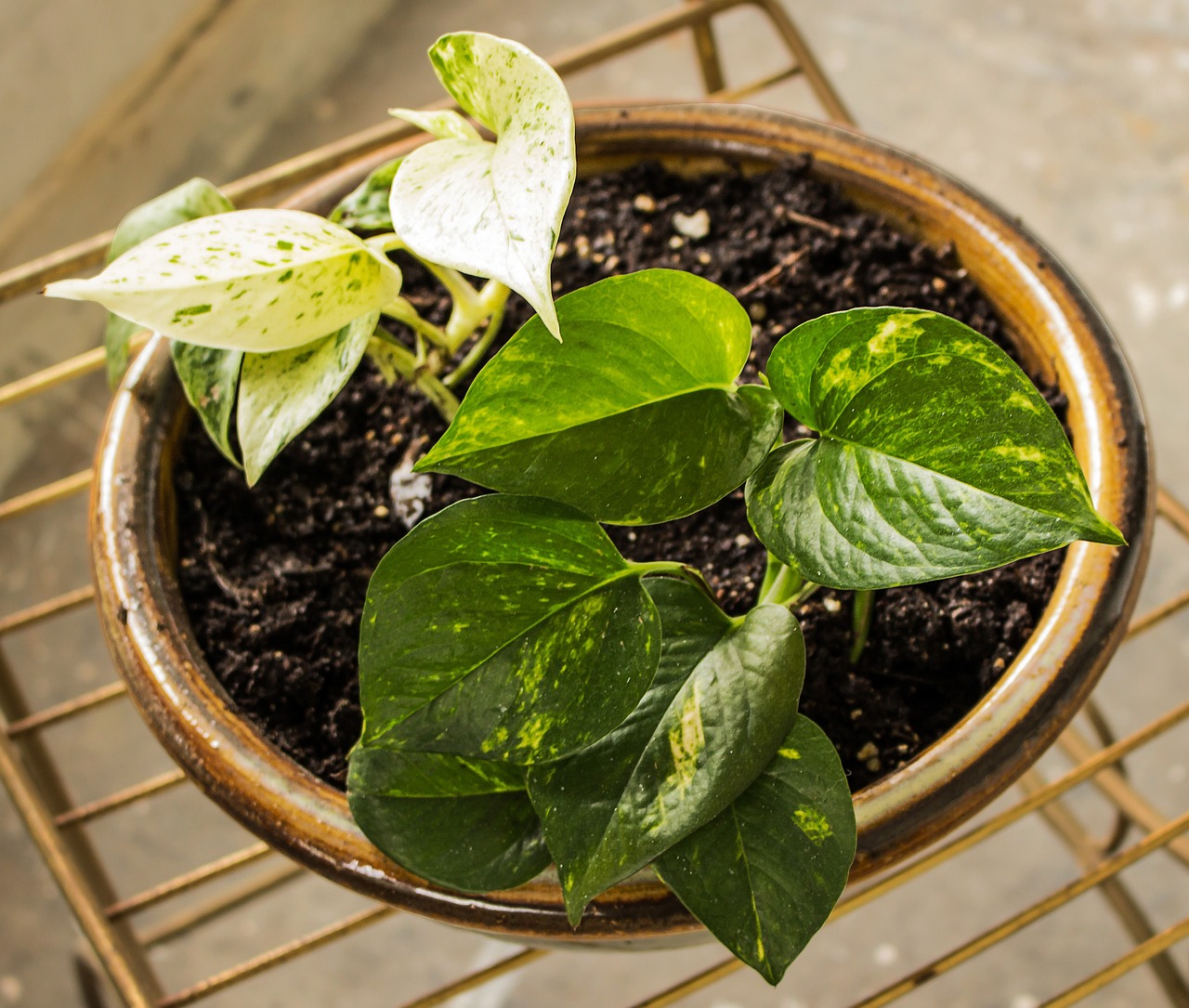Top 10 Plants For An Indoor Vertical Garden

1. Sword Fern (Nephrolepis exaltata)
Sword fern is one that is generally simple to deal with. It’s more typical in tropical areas and humid forests, so it likes to be kept moist.

2. Cretan brake fern (Pteris cretica)
The plant has no resistance at all to dry soil, so the base of it should dependably be near the water source. The fronds are light green. The name Pteris is likewise Greek for “feather”, which alludes to its sensitive and smooth appearance. In the event that you aren’t apprehensive about slower developing plants, this is the one for you, if just for the remarkable appearance.
3. Dracaena (Dracaena sp.)
Dracaenas are well known plants for the home and a greater part of them develop upright with strap-like leaves. The leaves are frequently bicolored, variegated with whites, creams, yellows and reds. They develop well over a scope of temperatures yet they tend not to like any cold conditions. On the off chance that you put far from the light, the leaf shading may blur marginally, yet they can endure somewhat lower light conditions. Remember that these plants get a kick out of the chance to be somewhat drier, so you should place them a bit higher from the base.
4. Philodendron (Philodendron sp.)
Possibly a standout amongst the most famous decorative plants, the larger part of philodendrons are regularly living in the upper spans of trees in tropical forests. A few types shoot out rather aggressive aerial roots that insert into pretty much anything. Their name in Greek actually means “tree lover”.
5. Pothos (Epipremnum sp.)
One of the best indoor plants for low-light circumstances, pothos is a vining plant that is super simple to nurture and can be urged to climb or to swing from its place. They can achieve over 20 feet in length, so feel free to cut them back as you see fit.
6. Rabbit’s foot fern (Davallia fejeensis)
Charming little plant that has fluffy little “feet” that stand out from its base. These fuzzy roots will really build up themselves if given soil or you can even break them and place them into moist soil secured with a clasp to set up more plants. Very not at all like other ferns, this plant doesn’t care to be moist constantly and prefers indirect to low light.
7. Wedding Vine (Stephanotis floribunda)
It grows very quickly and it is quite tolerant to wet and dry conditions. The wedding vine, which gets its names for its frequent use in weddings, is a vining evergreen plant with extensive white tubular blossoms that can grow more than 20 feet.
8. Crotons (Codiaeum variegatum pictum)
Croton is a beautiful bush with rugged leaves that are most vivid in splendid light. In low light conditions new leaves will be smaller and less pigmented. Grow croton at 60 to 85 degrees F with high humidity. Permit the soil to dry between waterings.

9. Lipstick plant (Aeschynanthus radicans)
One of best houseplants for the hanging basket container, it takes low light and dry conditions effortlessly. This free-blossoming species has falling, sparkling green leaves with burgundy underneath. Rich red blossoms rise up out of dark calyces with lots of flowers showing up consistently.
10. Peace Lily (Spathiphyllum wallisii)
Peace lilies are regular in the home and are low-maintenance plants that can endure low light and lower humidity. Even when the flowers age, they generally turn green, so it looks as if it is in bloom for most of the year.


